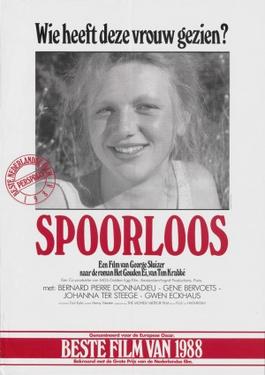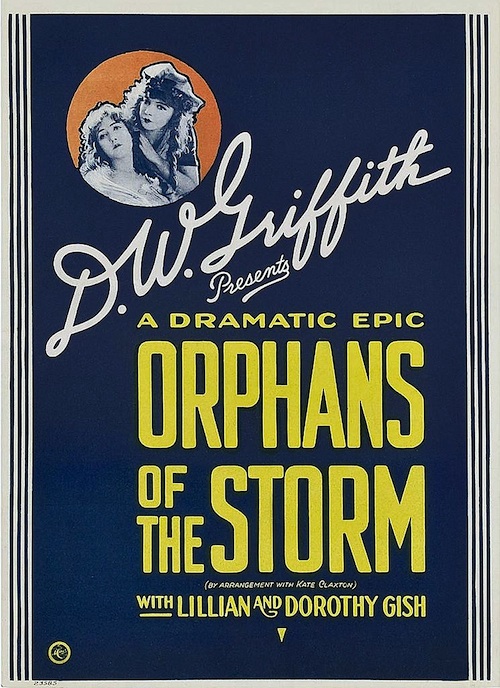 |
| Shahab Hosseini and Taraneh Alidoosti in About Elly |
Ahmad: Shahab Hosseini
Elly: Taraneh Alidoosti
Shohreh: Merila Zare'i
Amir: Mani Haghighi
Peyman: Peyman Moaadi
Manoochehr: Ra'na Azadivar
Alireza: Saber Abar
Director: Asghar Farhadi
Screenplay: Asghar Farhadi, Azad Jafarian
Cinematography: Hossein Jafarian
Music: Andrea Bauer
Sepideh invites the unmarried Elly, one of her daughter's teachers, to spend a three-day weekend with her, her husband, and two other couples and their children, at a villa overlooking the Caspian Sea. Also joining the group is the recently divorced Ahmad, who is taking a vacation from his job in Germany. Because of the Islamic Republic's prohibitions against unmarried men and women traveling together, Sepideh persuades the group to pretend that Elly and Ahmad are newlyweds, a lie that begins to backfire when the managers of the seaside property want to celebrate the young couple's marriage. Embarrassed by the attention, Elly decides to leave after the first night, which Sepideh, set on her matchmaking, tries to prevent. Writer-director Asghar Farhadi sets all of this up carefully, so that the story could easily turn toward comedy. It doesn't. When the young son of Shoreh and Peyman almost drowns, Elly disappears during the chaos of his rescue and resuscitation. Has she drowned trying to rescue the boy, or has she made good on her determination to return to Tehran? Sepideh is particularly frantic when Elly's disappearance is noted, plunging into the sea to try to find her. It's then that we begin to discover that Sepideh knows a great deal more about Elly than she has told the others, and a great snarl of complications develops, especially when the group begins to create more stories to tell the police, the property managers, and Elly's family. The performances of the cast -- some of whom, like Peyman Moaadi, Merila Zare'i, and Shahab Hosseini, will be familiar from Farhadi's 2011 Oscar-winning A Separation -- are uniformly brilliant, and Farhadi's script and direction result in a film that is both suspenseful and morally complex. It has been suggested that the film has a subtext of criticism directed at the Iranian government, under which people routinely dissemble in order not to bring censure upon themselves -- especially the young professionals like the ones in the film. Is it significant that the last scene of the movie shows the group trying to free a red BMW from the sand in which it has bogged down?









